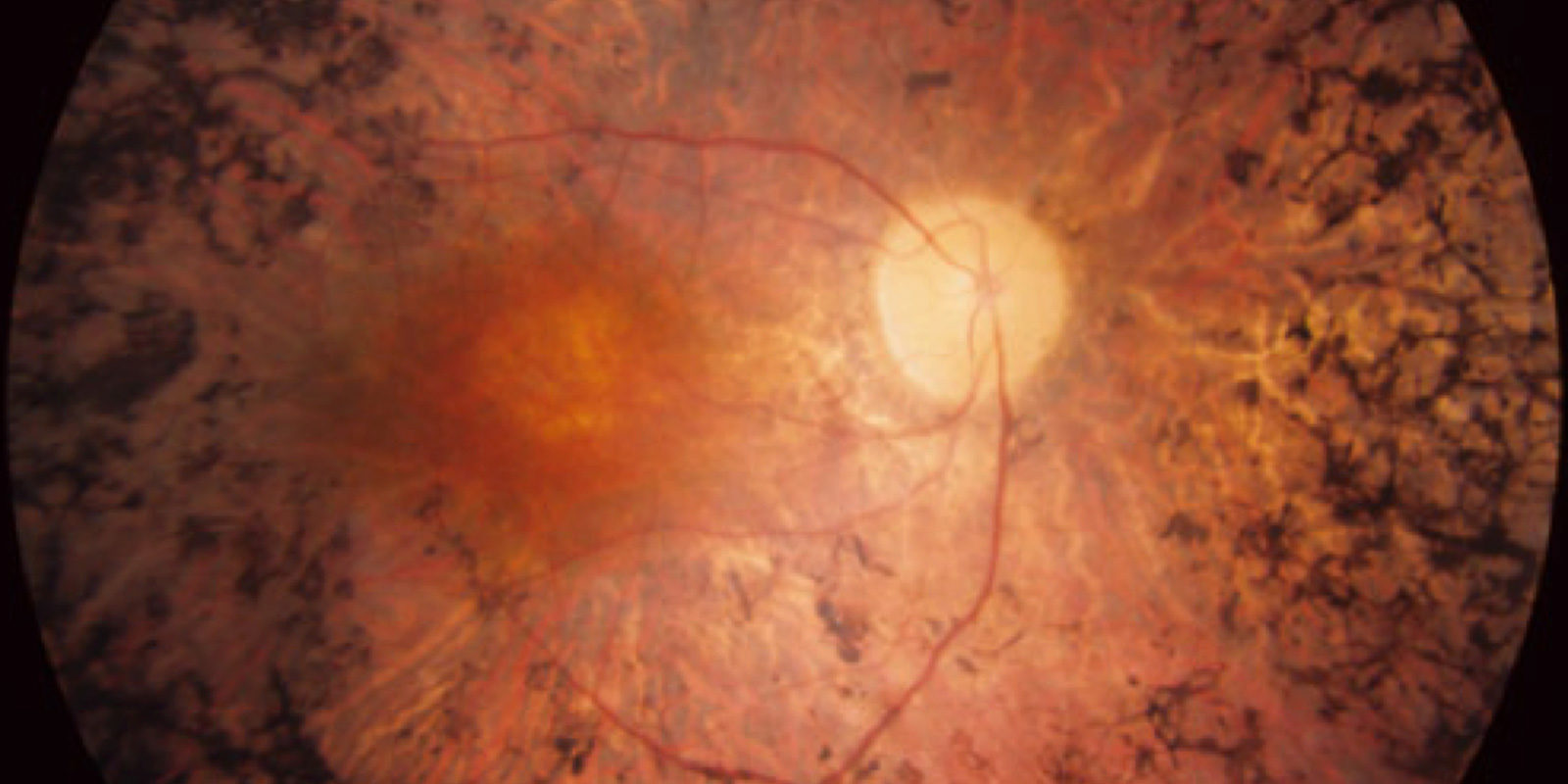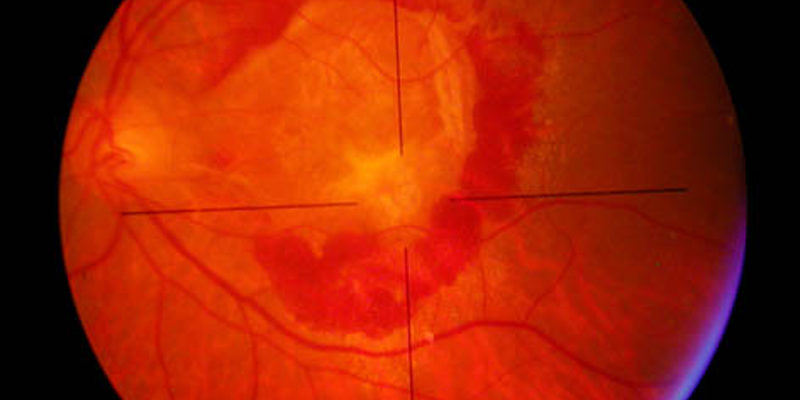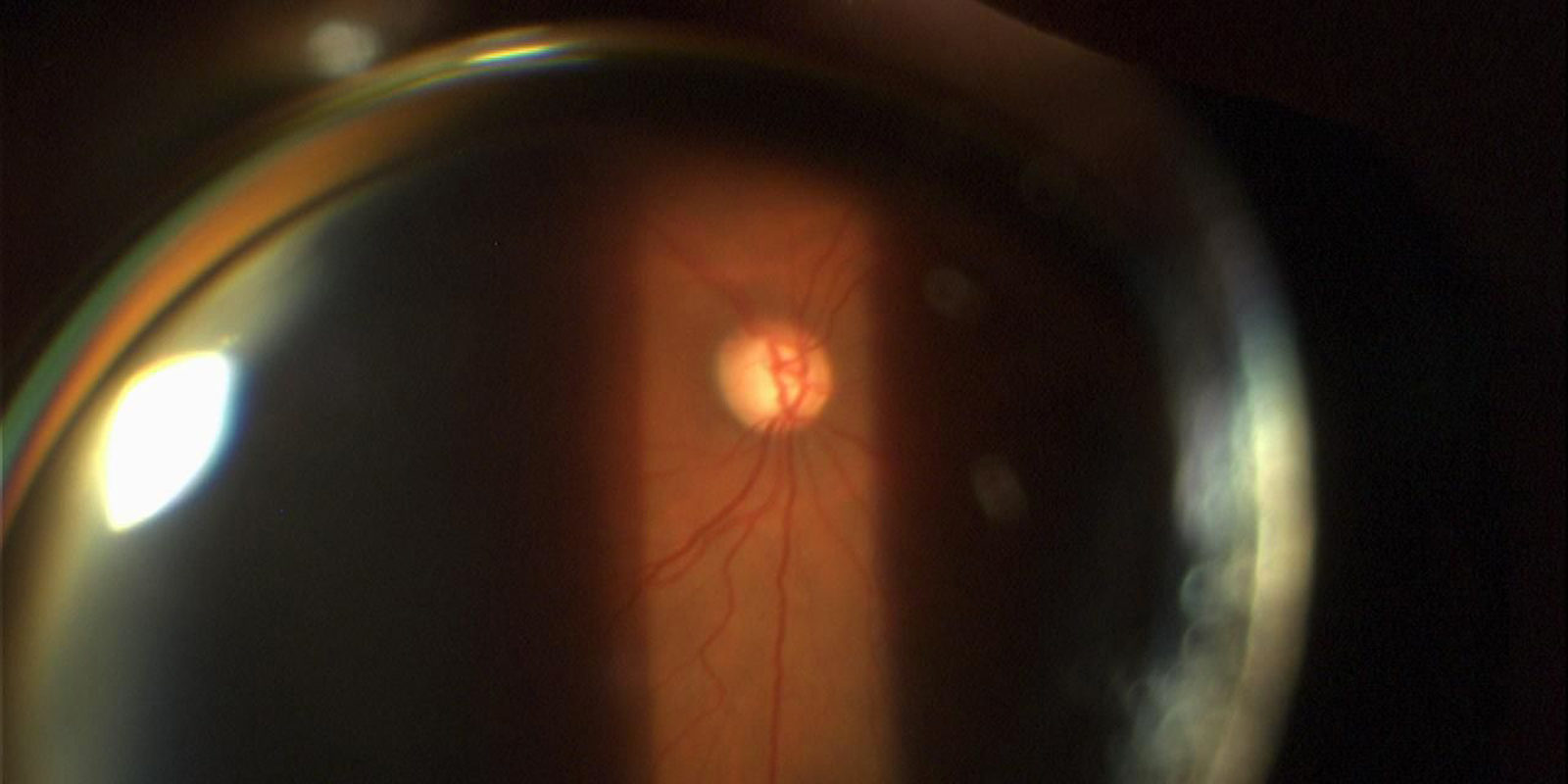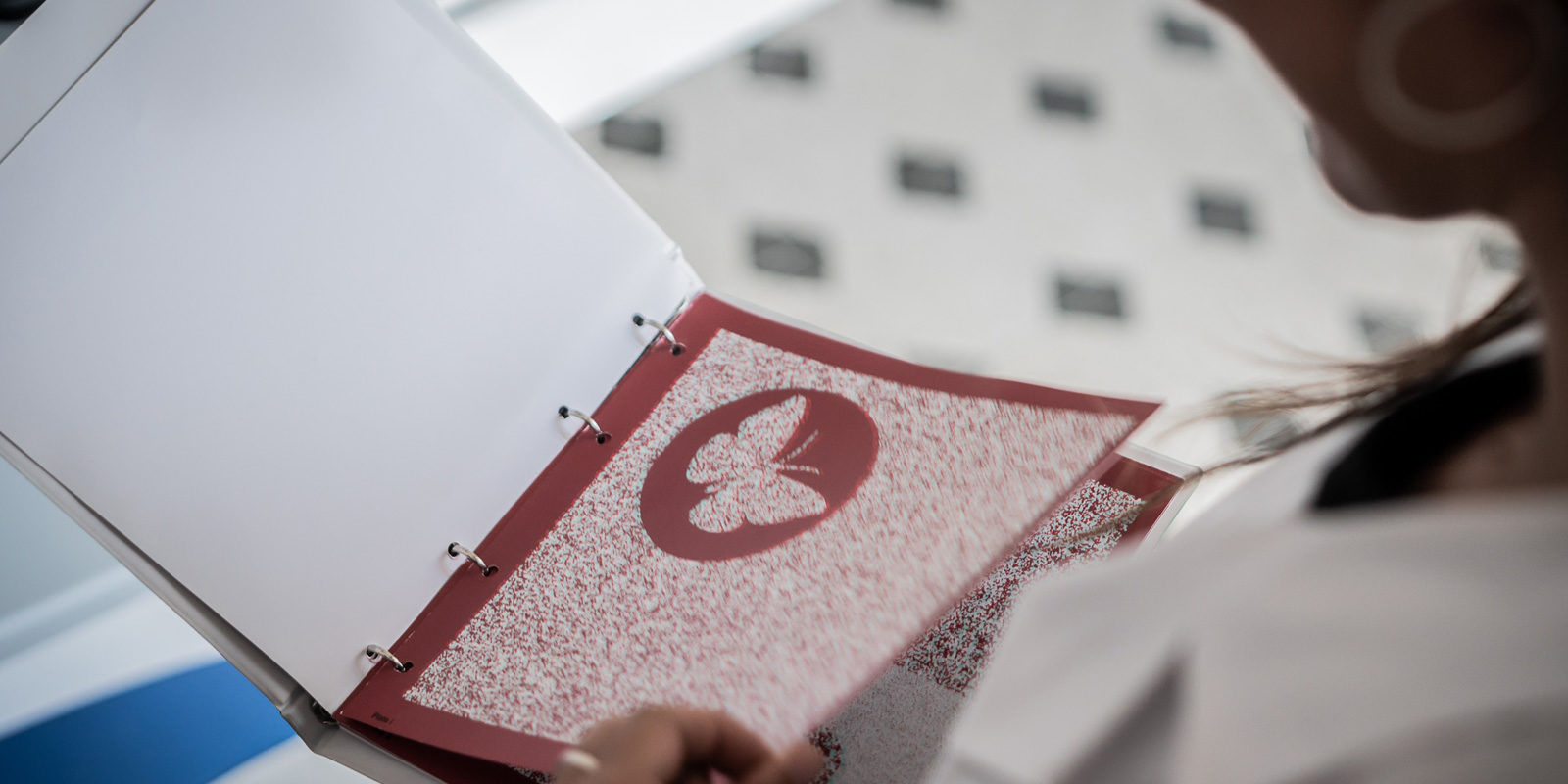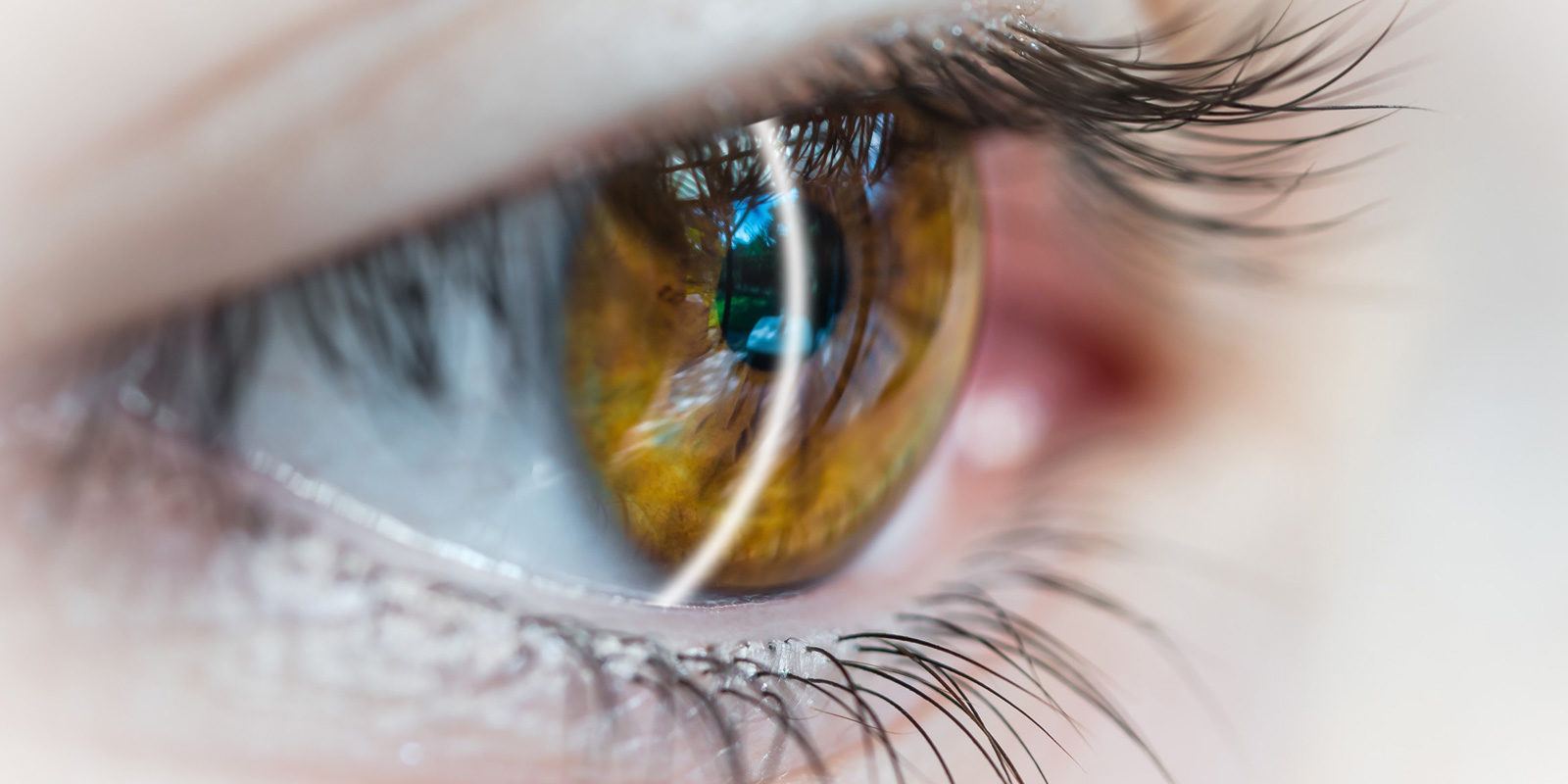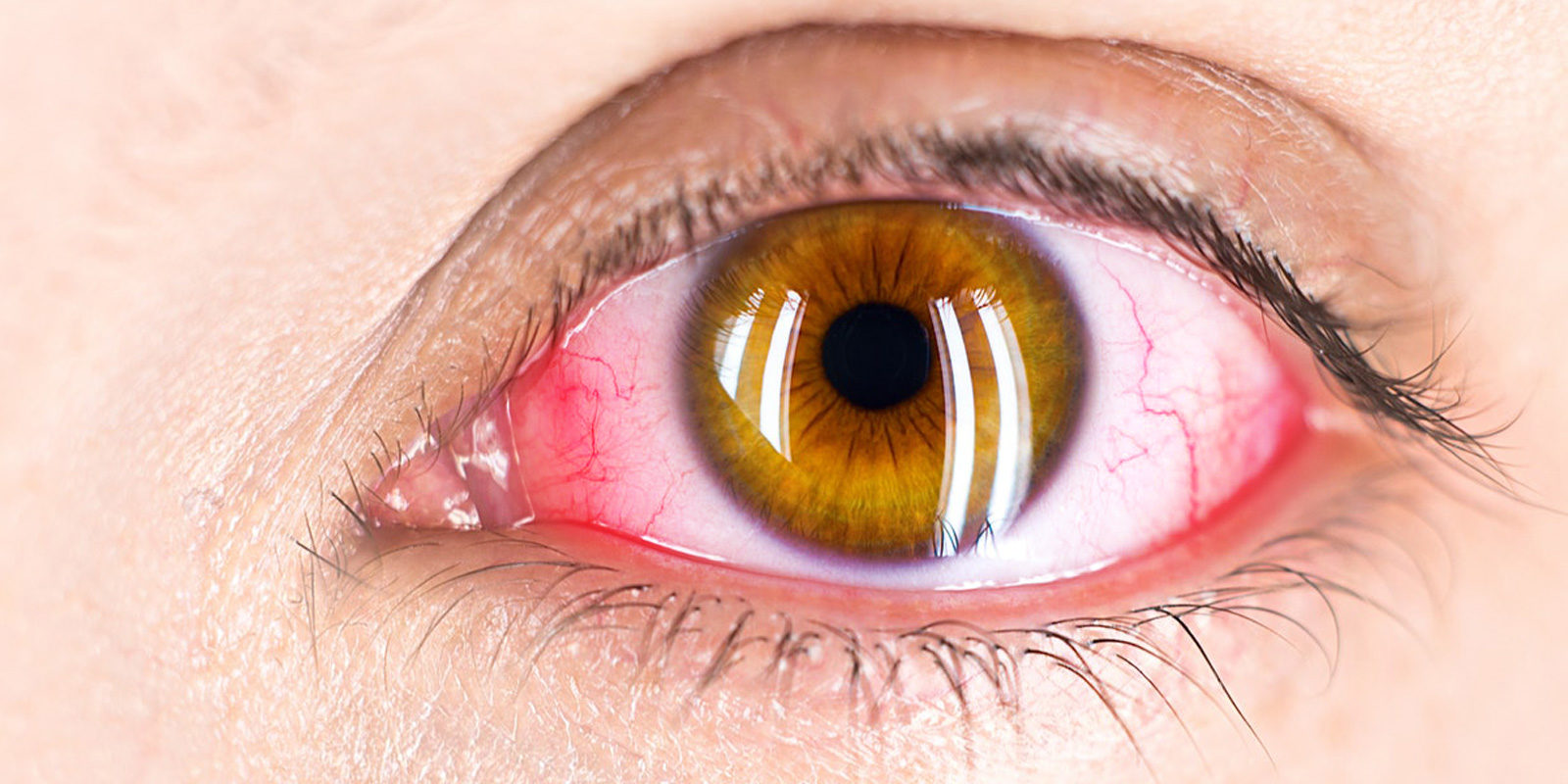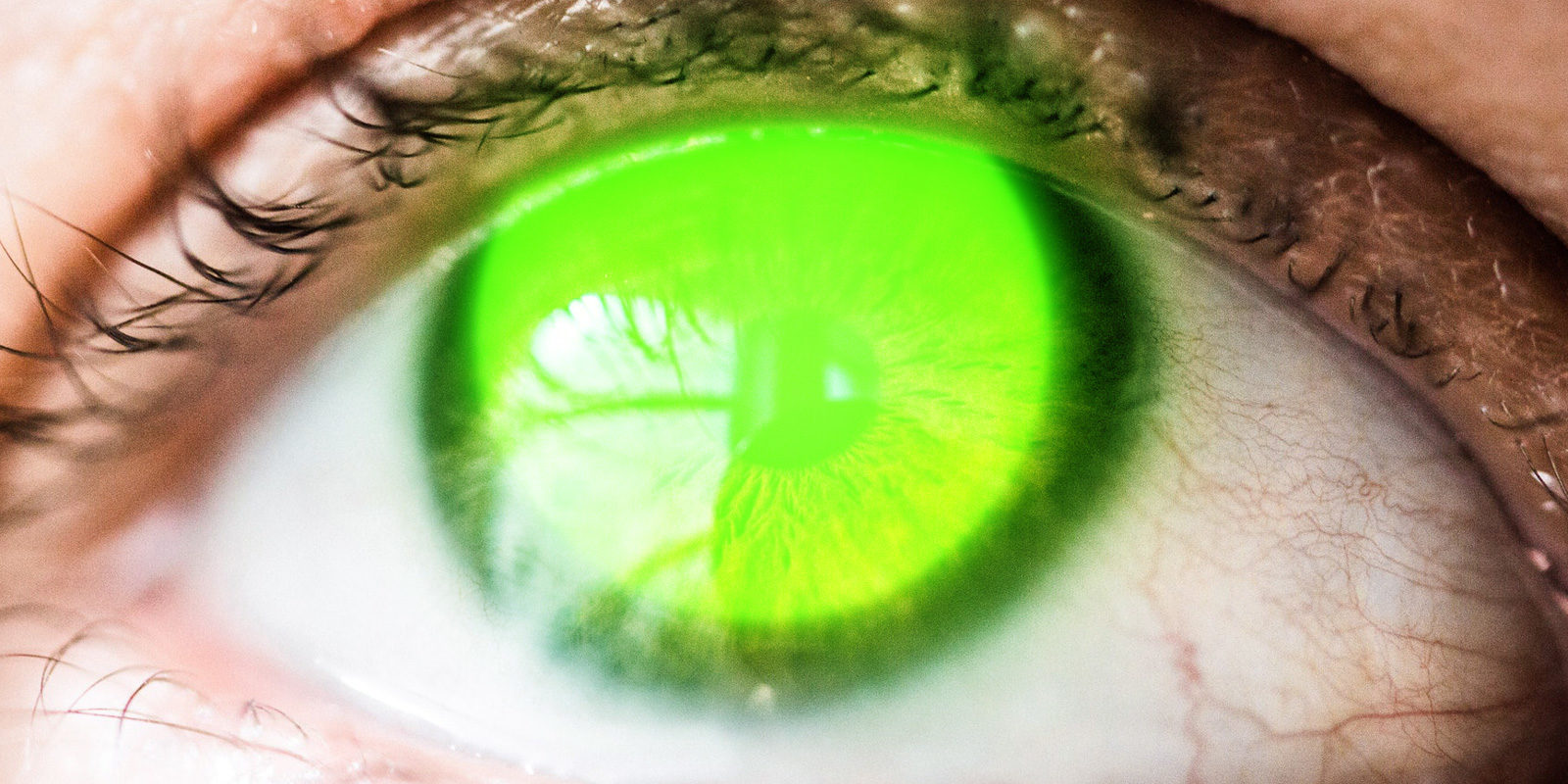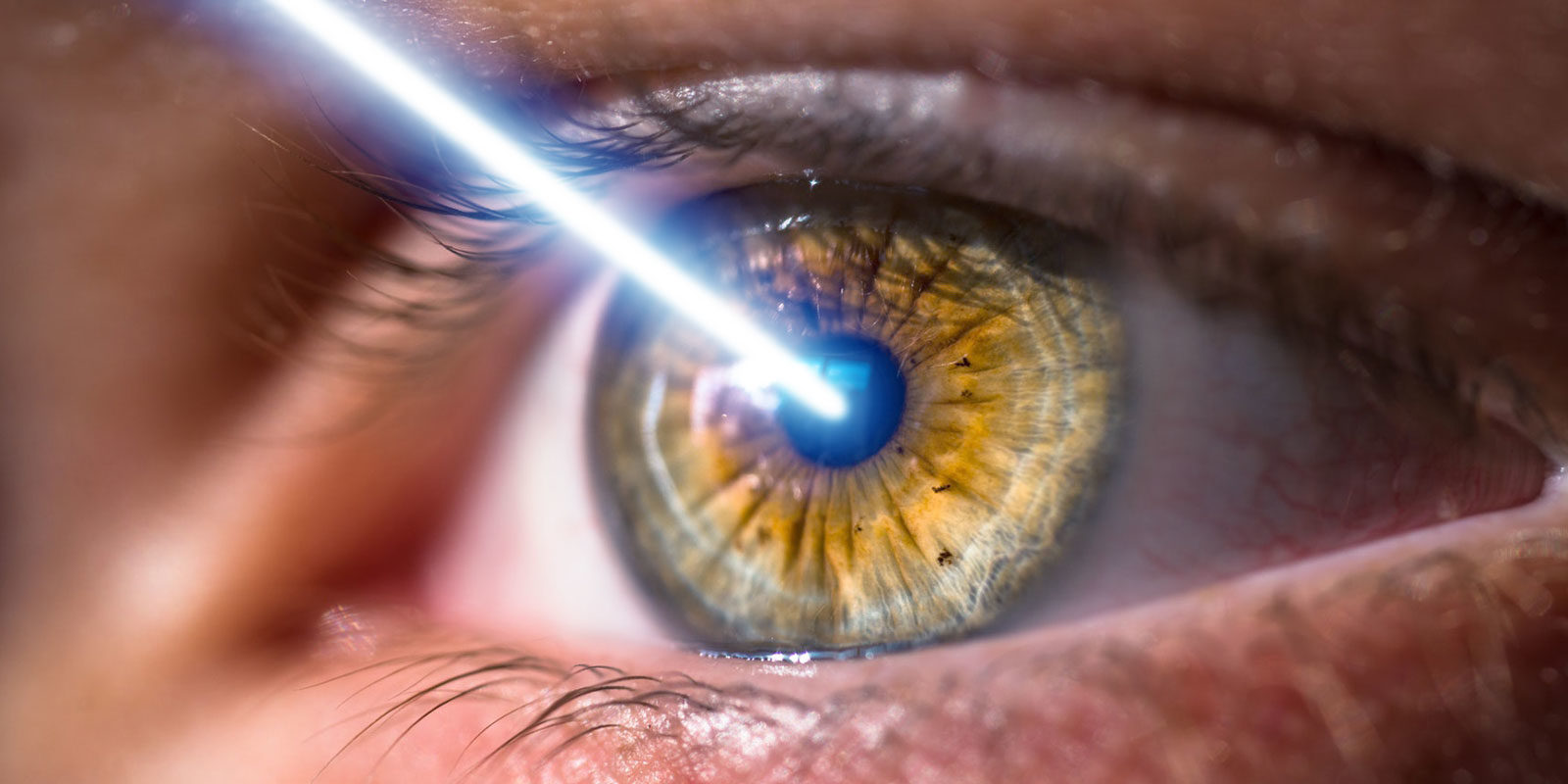

On the left, a simulated view in the case of a transparent crystalline lens. Right, in eye with cataracts.
Cataract and cataract surgery
Dr. Marco Lombardo and his staff offer professional medical advice, diagnosis and surgical treatment of cataract. Cataract surgery is performed with the most advanced techniques and instrumentation, under topical anesthesia using eye drops and as an outpatient procedure.
Cataract surgery
Cataract is an opacification of the crystalline lens. The most frequent symptoms of cataract are blurred vision, diplopia, halos and glare, which worsens with disease progression.
Cataract surgical techniques
Phacoemulsification is the traditional and most used method for removing cataract. Cataract is removed through a mini corneal incision that requires no sutures. Femtosecond laser can be used together with phacoemulsification; the femtosecond laser is used to create the corneal incisions, the capsulorexis and the fragmentation of the cataract. The intervention is then concluded using the phacoemulsifier and implanting an intraocular lens.
The cataract is replaced with an artificial lens (intraocular lens) that allows vision correction.
Posterior capsular opacification
The posterior capsular opacification, also said secondary cataract, consists of an opacification of the posterior capsule of the lens, in which the intraocular lens is inserted after cataract surgery. Treatment of secondary cataract takes advantage of the use of the Yag laser, which is able to clean the posterior capsule of the lens and restore clear vision. Laser treatment is painless and takes just a few minutes.
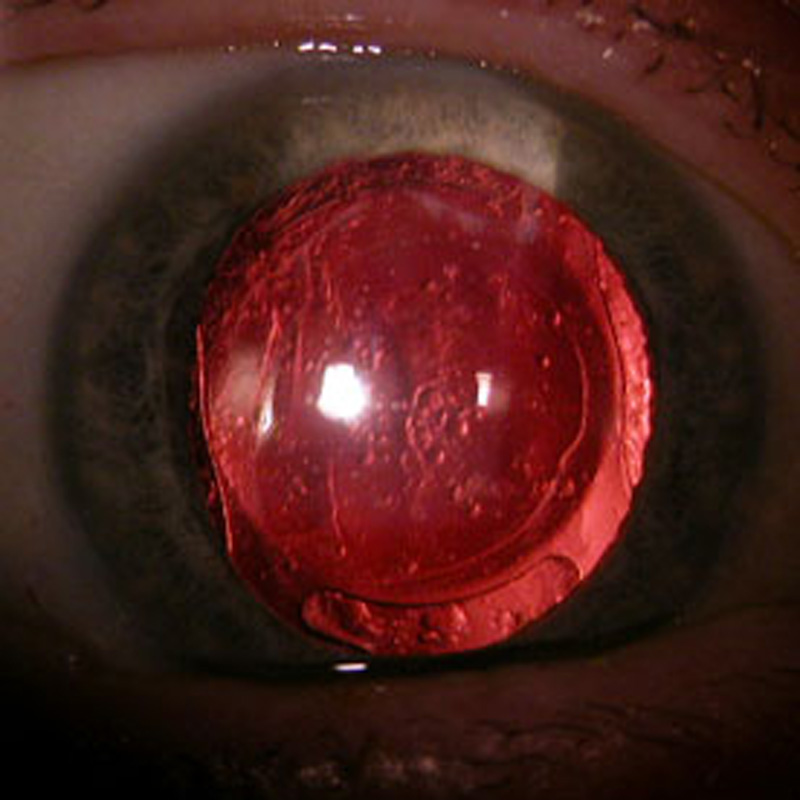
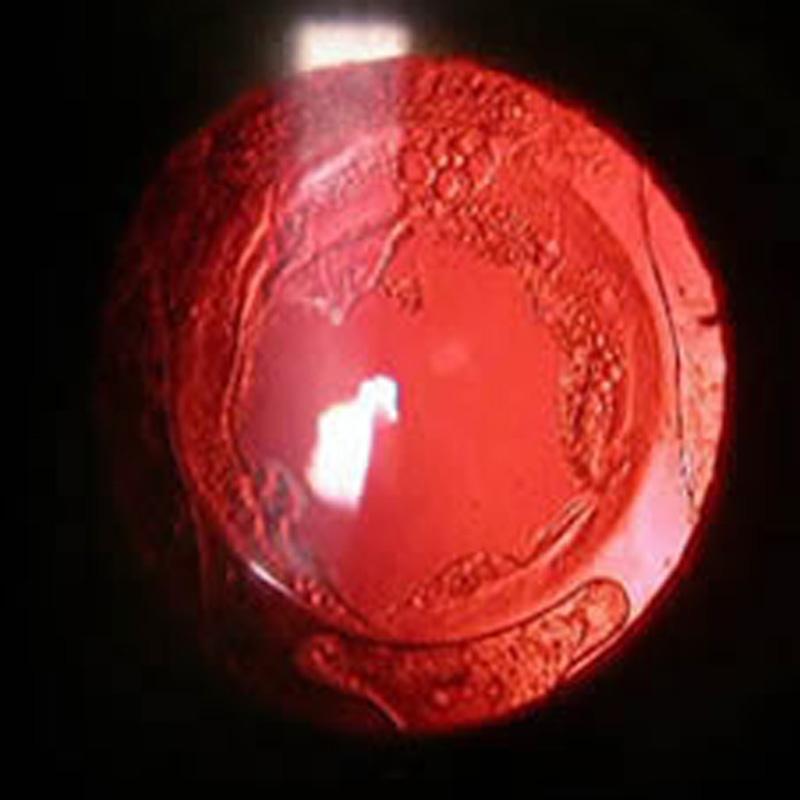
On the left, eye with posterior capsular opacification. On the right, after YAG laser treatment. The effect of the laser in opening the posterior capsule of the lens and re-establishing the transparency of the visual axis is well evident.



